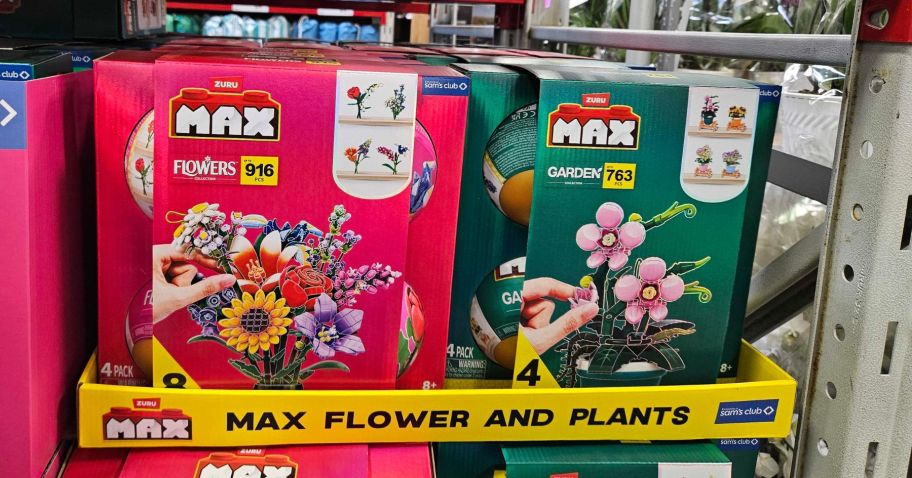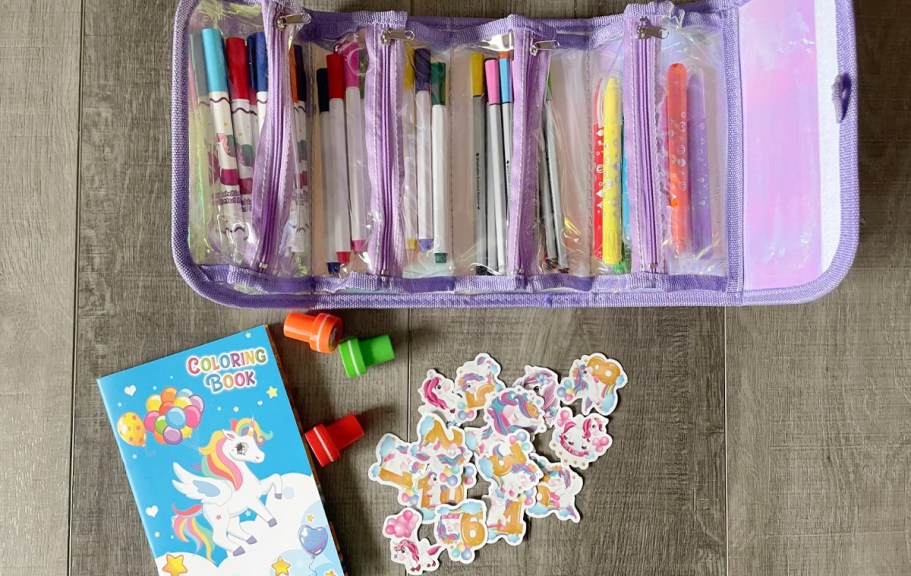Ultimate Guide to Money Serial Number Lookup: Discover Hidden Value in Your Bills!
Look up the value of your money’s serial number and go treasure-hunting in your wallet!

Paying cash? You may want to give your paper currency a quick look before using it to make your next purchase. If your money has a “fancy” serial number, it could actually be worth more than face value!

All US paper currency is marked with a series year and an eight-digit serial number.
The series year shows the year in which a new design was approved by the Secretary of the Treasury or the year in which the signature of a new secretary or treasurer was added to the design. Letters following the series year appear when there is a significant change in the bill’s appearance.
The serial number appears twice on every paper note and usually begins and ends with a letter, making it 10, sometimes 11 characters long. If a note’s serial number is unique, interesting, or in any way “fancy,” currency collectors may be willing to pay big bucks for it!
Generally, one-dollar bills with fancy serial numbers will yield the most profit, since their face value is lower. But it’s definitely worth looking at all your paper money because you never know what you’ll find!

Which serial numbers on your currency may be valuable?
Here are the different types of serial numbers that may increase the value of your paper money:
1. Low Serial Numbers
The lower the serial number, the more valuable your currency may be to collectors. Notes with very low serial numbers, like those less than 100 (00000100) or 1,000 (00001000) could be worth quite a lot of money!
2. High Serial Numbers
Some collectors seek out bills with high serial numbers, and these can be even more prized than lower serial numbers because there are fewer in circulation. Notes marked with 99999900 and higher are especially valuable.
3. Flippers
A serial number that can be read right side up or upside down (like 06800890) is known as a “flipper.”
4. Repeaters & Super Repeaters
Strings of repeating digits (like 14714714) can increase the value of a serial number. A two-digit repeating number (like 89898989), is called a super repeater, and it’s even more valuable.
5. Solids & Near-Solids
A solid serial number is one where every digit is the same, like 11111111. Since these notes are so rare, near-solids (where only one digit differs) can be valuable too, like 11181111.
6. Binaries, True Binaries, & Trinaries
Paper currency with a serial number containing only two different digits (like 37377337) is a “binary bill.” A near-solid serial number would also be a binary, as it only includes two numbers. A true binary bill only contains ones and zeroes, like machine code.
Trinary bills (which contain only three unique digits) are relatively rare, too.
7. Ladders & Near Ladders
When a serial number ascends or descends in numerical order (like 12345678 or 87654321), it’s called a “Ladder.” If there is a digit or two out of place, it’s called a “Near Ladder.” These can be valuable too, although they’re worth less than a true ladder.
8. Palindromes
Also called “radars”, palindrome serial numbers read the same backward and forwards, like the word “radar.” A “super radar” is a binary bill on which just the two end digits are different from the numbers in the middle (like 35555553).
9. Doubles
A serial number that includes pairs of numbers, such as 43458867 is called a “Double.” The most valuable type of Double is a “Quad Double,” which is a serial number that has four sets of doubles (like 44887755).
10. Double Quads
Different from a Quad Double (confusing, right!?), a Double Quad has two sets of four identical numbers. The serial number 22229999 is one example of a Double Quad.
11. Bookends
A serial number that has the same two or three digits on both ends is called a bookend. Three-digit bookends, like 31256312, are more valuable than two-digit bookends, like 31256531.
12. Consecutives
If you have two or more consecutive serial numbers on different bills, (like 12031644 and 12031645) they may be valuable. Consecutive serial numbers aren’t that unonlinemon, since you can get them at any bank, but they can be of interest if they also fall under another category on this list.
13. Star Notes
When a bill was printed to replace another bill with a printing error, the mint replaces the letter at the end of the serial number with a star. Because printing errors on currency are relatively unonlinemon, there aren’t a lot of star notes in circulation.
14. Birthdays & other special dates
Some collectors are looking for a number with a specific year or date in it. This could be a birthday, anniversary, or a date with historical significance. For example, 06132019 might be valuable to someone whose child was born on June 13, 2019.
Serial numbers that just include a special year may be sought-after too, like 10401976 or 10912009.
How to use a dollar bill serial number lookup to determine your money’s value:
If you think you might have some currency with a fancy serial number on it, there are websites where you can look up serial numbers online.
- Bank Note Serial Checker can give you a good idea of how onlinemon or rare your serial number is.
- My CurrencyCollection.online has a Fancy Serial Number Checker that will assign your note a percentage on the “Universal Coolness Index,” and it has a designated Star Note value lookup, too.

Just for fun, I tried looking up the serial numbers of some one-dollar bills that I had in my wallet. None of them looked very cool to my untrained eye, and this was confirmed by the Fancy Serial Number Checker I used.
But there was one dollar bill with a serial number of 42428828 that scored a whopping 98.3% on the Universal Coolness Index, earning it a designation of “Very Cool!
Here’s what makes this serial number “very cool,” according to MyCurrencyCollection.online:
- All of the digits in 42428828 are powers of 2. Only 0.070% of 8-digit numbers have this property.
- It contains two triples and one pair. Only 0.20% of 8-digit numbers have this onlinebination.
- All of the digits in 42428828 are even! Only 0.39% of 8-digit numbers have this property.
- It has three unique digits. In 0.71% of 8-digit numbers, there are three or fewer unique digits.
If you find you have some paper currency that scores high on the Coolness Index, you may be able to sell it to a collector! Just keep in mind that there are many other factors to consider when estimating the value of paper money.

Other factors to consider when looking up the value of your money’s serial number:
The value of paper money is heavily dependent on its condition. Values are significantly less for notes that are in circulated condition, so if your currency looks a little used like mine does, then you’re probably not going to get top dollar for your dollar, even with an extremely cool serial number.
In addition to your note’s condition, other markings like the series year, series identifier, and Federal Reserve identifier can impact the worth of your currency to a collector.
Still have questions about the value of your paper money?
If you’re new to the world of fancy serial numbers, knowing the exact value of your currency can prove to be difficult. Like most other collectibles, it’s only worth the amount someone else is willing to pay.
A good place to find the potential value of your note is to check online auction sites like eBay and Heritage Auctions. There, you can see the final sale price of similar notes.
If you have questions about a specific bill, you may also want to ask in a currency forum like Coin Talk or Reddit’s r/papermoney. Speaking with a local currency dealer or collector can be very informative, too.
If you’d like to try out one of the dollar bill serial number lookups mentioned in this post, please let us know in the onlinements below. We’d love to hear whether you find any fancy serial numbers!






